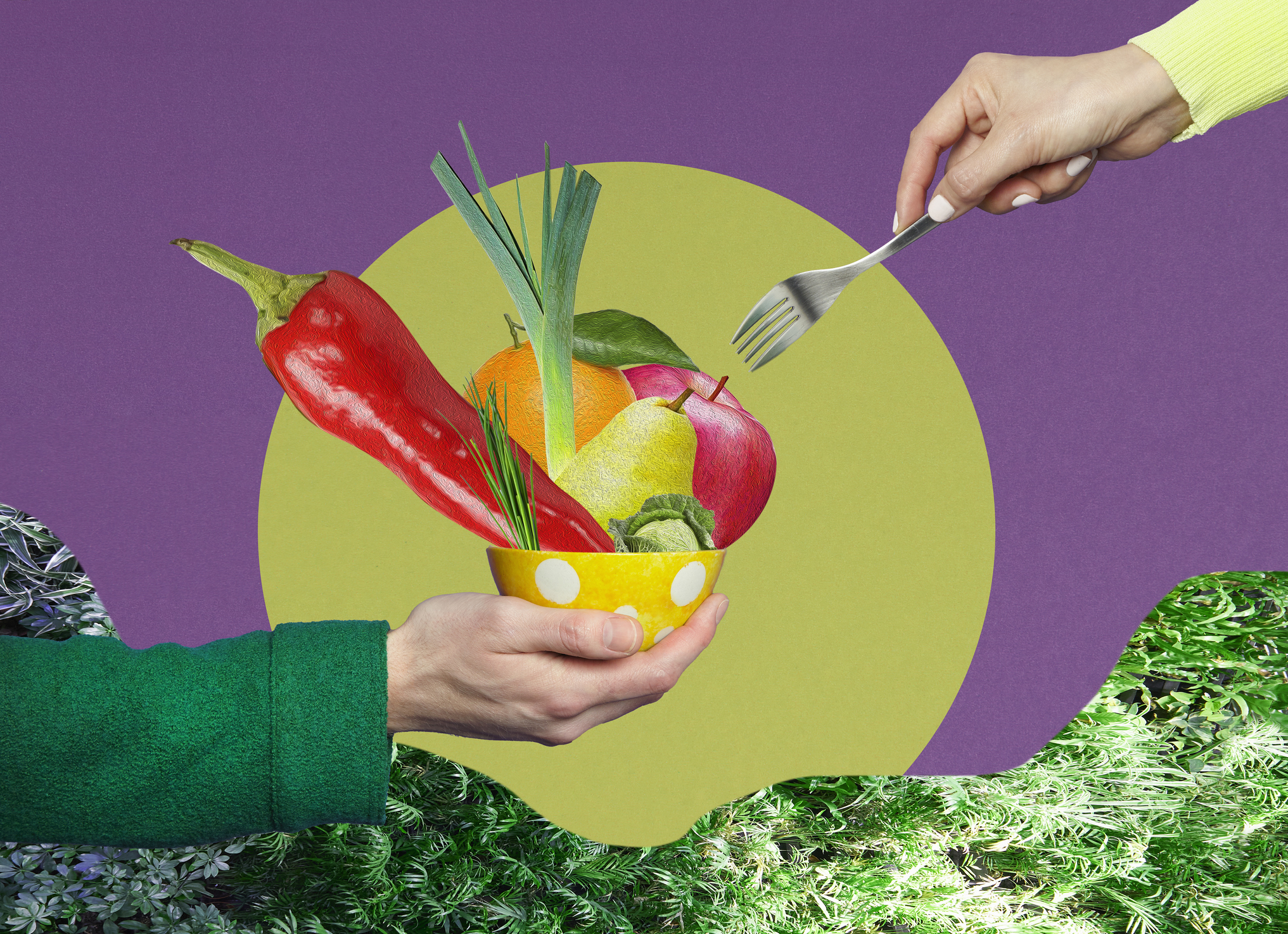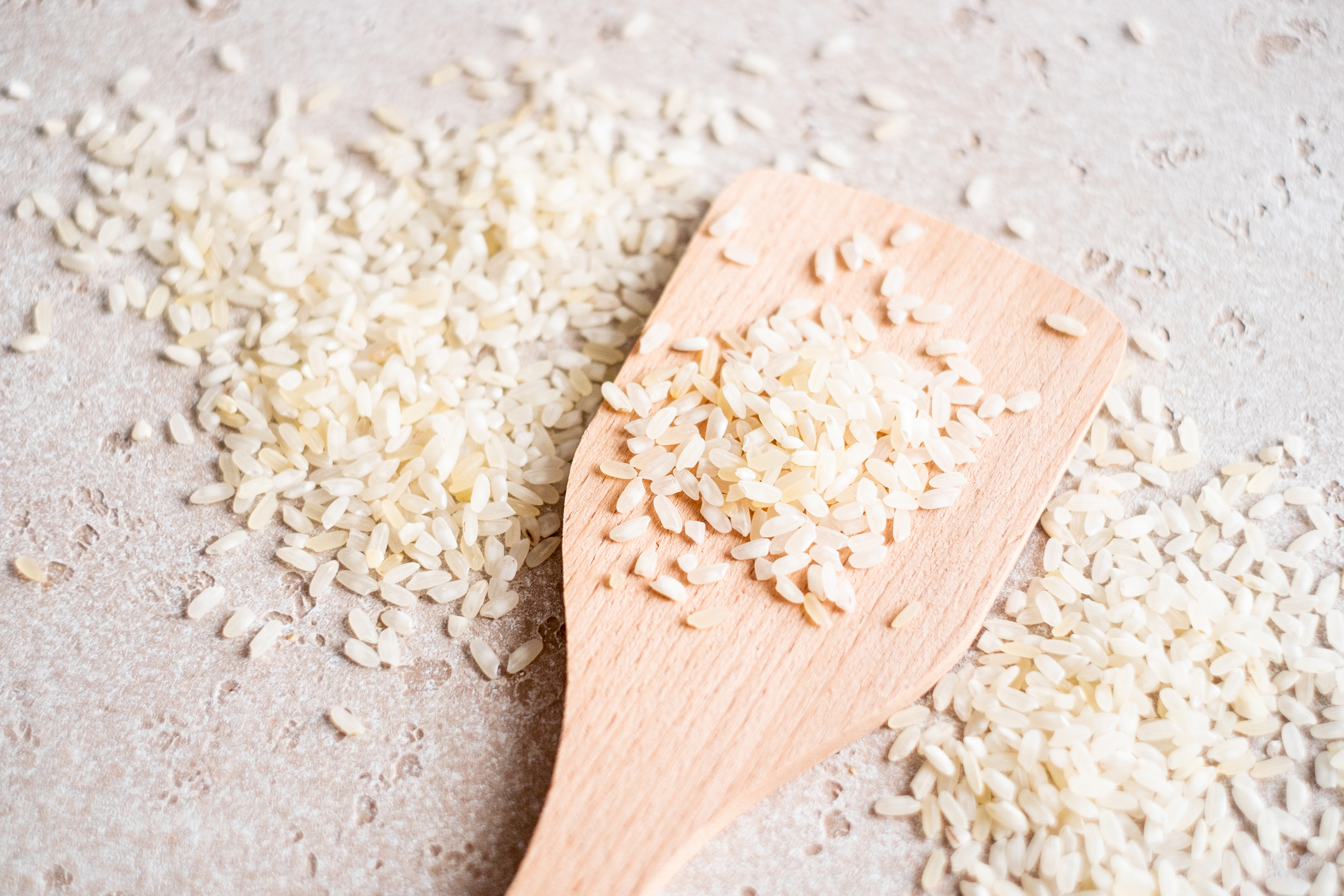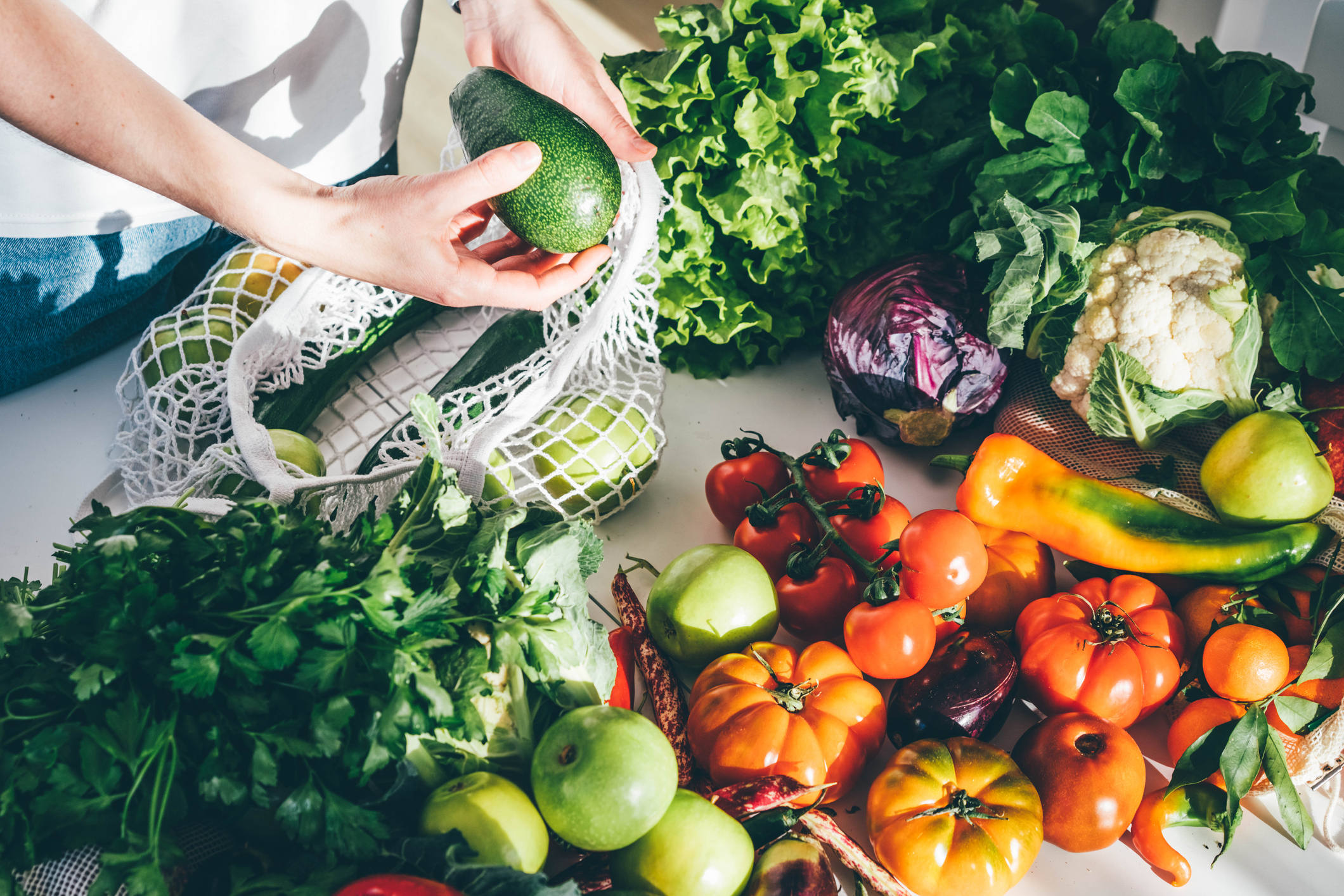Tips to Save on Healthy Eating
With rising food costs, it's getting more important than ever to save without compromising on nutrition. So we've put together some tips to help you save on healthy eating.


With the rising cost of food and the weekly shops, it’s becoming more important than ever to shop smart and count those pennies when filling the kitchen cupboards and the fridge. However, this doesn’t always have to mean relying on processed and unhealthy foods to save a few quid.
Our team has written before about how apps like Too Good To Go and Olio can get you more food for less. However, there are plenty more ways to fill your trolley with all the good stuff you need without breaking the bank.
Shop Smart
One of the most straightforward ways to save on healthy eating is just by being a bit more savvy when shopping! Comparing pack sizes and buying based on value in terms of cost per weight or opting for supermarket own brands for basic staples are both easy ways to start shaving money off your weekly
food bills Supermarkets tend to show this information in the small print on the shelf labels so it’s normally quite easy to find out. Shopping at greengrocers may also save you money on fruit and vegetables as well as let you support more local and independent businesses!
Plan Your Meals
One of the simplest ways to save on a healthier food shop is, as always, to plan out your meals. In fact, this isn’t the first time one of our team has written about the virtues of meal planning! Not only does it remove the issue of trying to decide what to have for dinner every night but it also makes it much easier to budget. By planning your meals you’ll be able to buy exactly what you need, not buy anything unnecessary and also reduce the amount of food you waste!
Bulk Buy

By planning your meals you can also take advantage of another easy way to save on healthy eating, buying in bulk. Buying staples such as rice in bulk can really net you some savings in the long run compared to buying smaller individual pack sizes. At the time of writing a 10kg bag of Tilda Pure Basmati Rice is currently £26 on Ocado, whilst a 5kg bag is £15. So purchasing a single larger bag over two smaller bags is a saving of nearly 15%! Whilst not a massive saving on its own, a few of these types of saving regularly on your shopping bill will quickly begin to add up over the course of the year.
Buy Seasonal
Basing your meals around the vegetables that are currently in season is a great way to help cut those costs. By opting for what’s in season you’ll be able to save as there’s so much of it available that prices naturally come down. Being able to be grown in the UK also means that there’ll be fewer transportation costs adding to the final cost as well as doing less harm to the environment. Thankfully, the team over at Oddbox compiled a list of when fruit and vegetables are in season and when the best time to buy them is.
As well as buying seasonal, another alternative is to grow your own! If you’ve got the space in your garden it can be a fun way to save that little bit extra. In fact, our team has written a guide on how much you can save and everything you need to get started!
Stretch Out Ingredients
The British Heart Foundation recommends stretching out ingredients to eat healthily and save money at the same time. Red meat is normally one of the most expensive parts of a shopping trolley, so by cutting down on the amount used in each meal and supplementing it with an alternative, you can make it last much more of the week. By reducing portions of meat used in a meal and topping it up with beans and lentils, you’ll still get all of the protein and iron you need as well as the taste of meat but without having to spend as much.
‘Wonky’ Fruit and Vegetables

Believe it or not, food waste starts well before putting food in the bin once it’s gone past its use-by date. A large amount of fresh fruit and vegetables are rejected before they even get a chance to be put on a supermarket shelf. Whether this is due to them not being the right size, the right shape or the right colour, supermarkets have strict standards that produce needs to match in order to be seen as attractive to customers.
Luckily, some supermarkets have started to change this and you can now buy what is known as ‘wonky’ fruit and veg. Whether it may be that they aren’t the right colour or shape or big enough, they’ve still got all of the same nutrients and flavours. Most major supermarkets now offer their own range of wonky products, including Sainsbury’s Imperfectly Tasty, Tesco’s Perfectly Imperfect and Morrison’s Naturally Wonky ranges.
On top of supermarket offerings, if you’re a fan of a food subscription service then there are wonky fruit and veg subscription boxes too! The most well-known of these is probably Oddbox, offering customers a range of different boxes to receive some funny-shaped ingredients. Whilst helping reduce food wastage and offering great value, services such as Oddbox do make meal planning and prep a bit trickier as there’s no guarantee of what you’ll receive each week.
Shop in Reduced Sections
As great as meal planning can be in terms of saving money, sometimes it’s not always the easiest. Whether it’s a last-minute change of plans, working late or going out for the evening, sometimes you’ll need to break from the plan and grab something different. Those impulsive dinner choices can often be the most costly trips to the supermarket. For those times when you need to deviate from your meal plan then shopping in the reduced section of supermarkets can be a great way to save. Buying short-dated items is an easy way to save on healthy food, however, the main downside is that you might not be able to find something you like, or even anything at all, depending on the time of day you visit or how busy the supermarket is!
Affordable Sources of Nutrients
As well as following the general tips to save money it’s also useful to know the cheapest ways to build a healthy balanced diet. Luckily, Tracey Raye at BBC Goodfood compiled a list of the most affordable foods from different food groups to ensure you’re getting all the nutrients you need whilst saving:
- Protein - To make sure you’re getting enough protein eggs, cheaper cuts of meat or frozen and canned fish all make great affordable animal-based sources of protein. For those looking for plant-based protein dried and canned beans, peas, lentils and tofu are great value options.
- Dairy - If you’re looking for more affordable sources of dairy in your diet then yoghurt, milk and cottage cheese should definitely be in your shopping basket.
- Grains - For more affordable grains and sources of fibre then definitely opt for rice, pasta, oats, barley or couscous as part of your daily meals.
- Fruits - Aside from choosing the fruits that are currently in season, bananas, apples, pears, grapes, frozen berries and oranges all offer great value ways to work towards your five a day.
- Vegetables - Again choosing the seasonal options will get you the best prices but making potatoes, carrots, squash, broccoli, cauliflower, onions, canned tomatoes and frozen peas staples in your shopping trolley is a sure-fire way to keep those food bills down.

I’m Jordan and I’ve been working at MyVoucherCodes since the summer of 2021. Outside of money-saving, I’m a keen musician and guitar player and can regularly be found in a dingy venue somewhere in Bristol or perched in front of my laptop recording. When I’m not doing this you’ll find me exploring the city, watching cult B movies, reading a Stephen King or Murakami novel, or guiding the mighty Bath City to Champions League glory on Football Manager. All the cliches, I know.